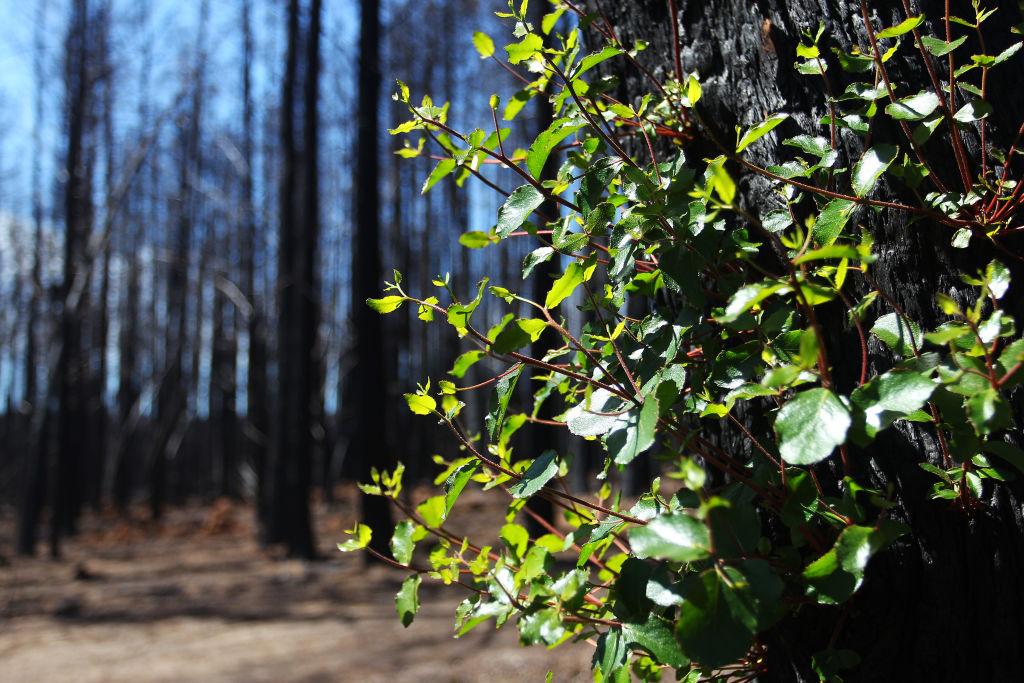Commentary
When mindless environmental zealotry turns into environmental vandalism and economic destruction something is badly wrong.

When mindless environmental zealotry turns into environmental vandalism and economic destruction something is badly wrong.